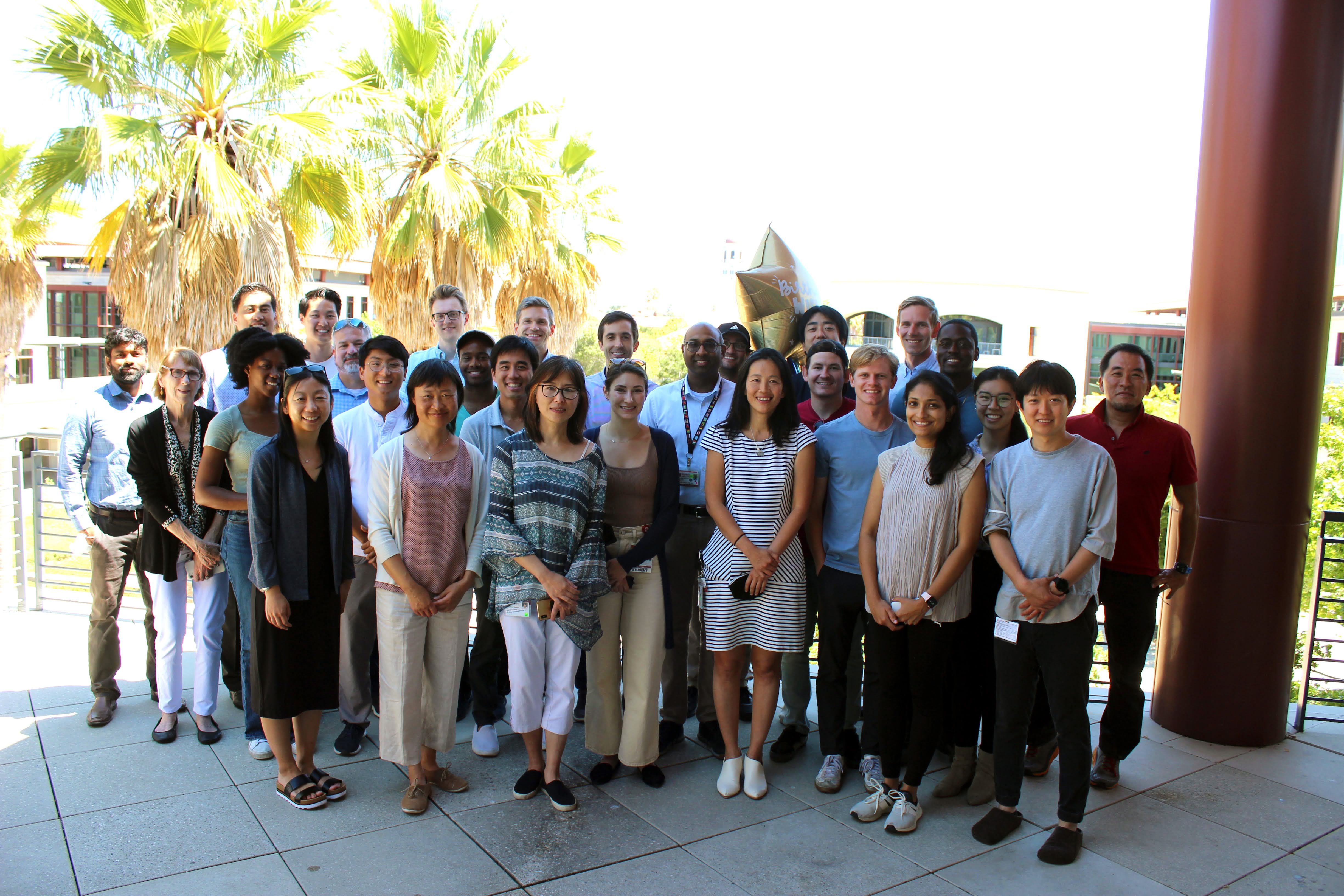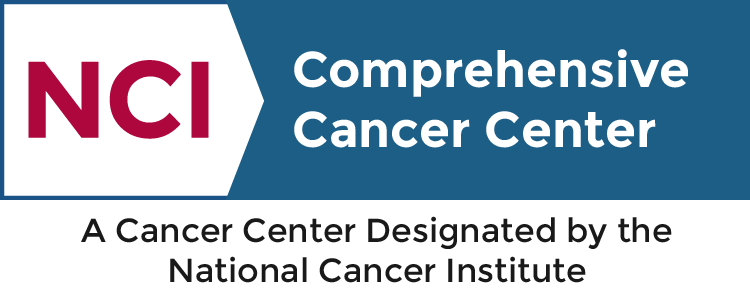Acute myeloid leukemia (AML) is the most common type of acute leukemia in adults. It’s a complex and difficult disease to treat with a survival rate of roughly 20-25%. Generally, AML is treated with high-dose chemotherapy, which requires long hospital stays, and of course, a significant amount of treatment-induced side effects. Because of its nature, AML has a wide opportunity to take hold in the human body, affecting both red and white blood cells and bone marrow itself. While it is known how this disease takes root, Ravi Majeti, MD, PhD, and the team in the Majeti Lab are looking to tackle it at its source: stem cells.
“When genome sequencing was done on AML, it determined that multiple mutations co-occur in an individual patient’s cancer that leads to the development of the disease,” Majeti said.
A focus of the lab’s research has been figuring out how multiple mutations accumulate in a single lineage of cells when the proliferation and turnover of bone marrow cells are carried out at a rapid rate. Majeti and his team were able to prove that mutations have to be acquired in blood stem cells that persist in the bone marrow for the life of an individual and multiply as the cell clones itself.
“We successfully identified the genes that initiate the disease and have been studying this pre-leukemic stem cell compartment to understand the features that lead to disease progression,” Majeti affirmed.
Now, Majeti and his team are looking into features that could be targeted to prevent disease progression by using strictly human models for study. The Majeti Lab is at the forefront of engineering primary human stem cells. It’s a revolutionary approach that allows the research team to introduce mutations found in leukemia patients into normal human blood stem cells, and in turn, study the properties of those cells as an experimental model.
This revolutionary work on pre-leukemia engineered mutations is what the Majeti Lab is known for, and the implications are incredibly broad. Studying the progress of mutations and their impacts in human stem cells can be translated to different types of cancer, explained Majeti. While the Lab focuses exclusively on blood disease and leukemia, Majeti anticipates this research will aid in advancing the science behind early detection of cancer and precancerous lesions, citing the similar path of development a mutated stem cell undergoes throughout different types of tissues in the body.
Heterogeneity
One of the most important concepts when dealing with leukemia is the heterogeneity of the disease cells. In the bone marrow, blood stem cells are continually producing new cells to carry out the normal functions of the blood. These normal blood cells can be categorized hierarchically, with stem cells at the apex of blood production, eventually giving rise to non-stem cells downstream. The same phenomenon can be seen in leukemia, where a subset of leukemia cells that possess stem cell properties can lead to the creation of other cells that make up the disease.
“That heterogeneity within the subset of leukemia cells that have stem cell properties is important conceptually because you want to get rid of the stem cells, not just the bulk leukemic cells, to eradicate the disease and prevent it from returning,” explained Majeti.
Through studying these key leukemia stem cells, Majeti and his team have functionally identified that only a certain subset of these cells can transplant the disease, a key hallmark of stem cells, narrowing down the target by a wide margin.
But heterogeneity is broader than identifying stem cells and non-stem cells. For example, while we are able to classify mutations present in any individual case of leukemia, some of these mutations can be subclonal, meaning they are only present in some, but not all, of the leukemia cells. Such subclones may have initiated from the same starting mutations, for example, but later acquired a set of branching mutations. These subclones can occur in the same patients and raise the possibility that they are not independent. Researchers in the Majeti Lab are interested in how these subclones behave potentially interact with one another, and impact treatments’ response.
“A lot of times when patients are treated with chemotherapy, you might see one clone regress, but a different clone will come back,” Majeti explained. “Clearly such a clone has properties that make it resistant to the therapy, but maybe these clones are dynamically interacting with each other. If we modulate these interactions, we could potentially sensitize all of the clones to treatment, for example.”
Discovering what makes these subclones “tick” is a multi-faceted endeavor, however. The cellular level, molecular mechanisms, avenues of communication, and the tumor microenvironment all need to be taken into account to discover the disease’s behavior and its responses to therapy.
As the research progresses, Majeti is optimistic in his team’s findings. They have already identified some of the molecular pathways through which these clones are interacting with one another.
“It’s a really exciting set of studies. It’s a new area of research for us over the last few years, and we’re making progress,” he said.
January 2023



